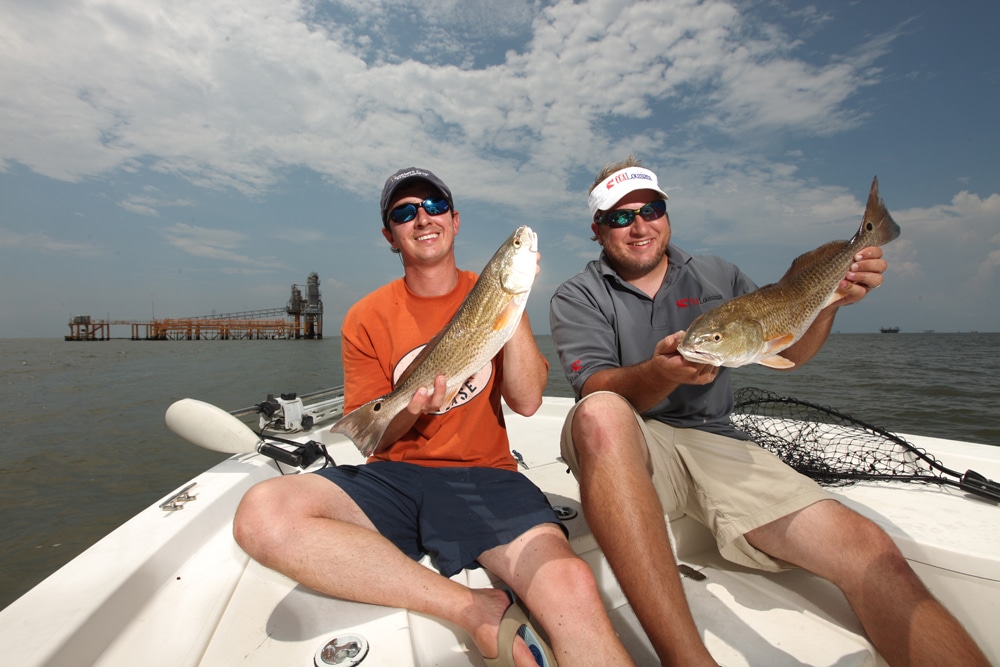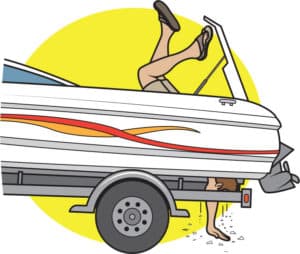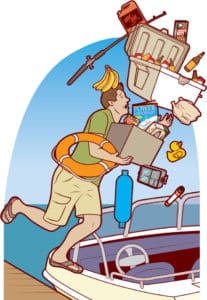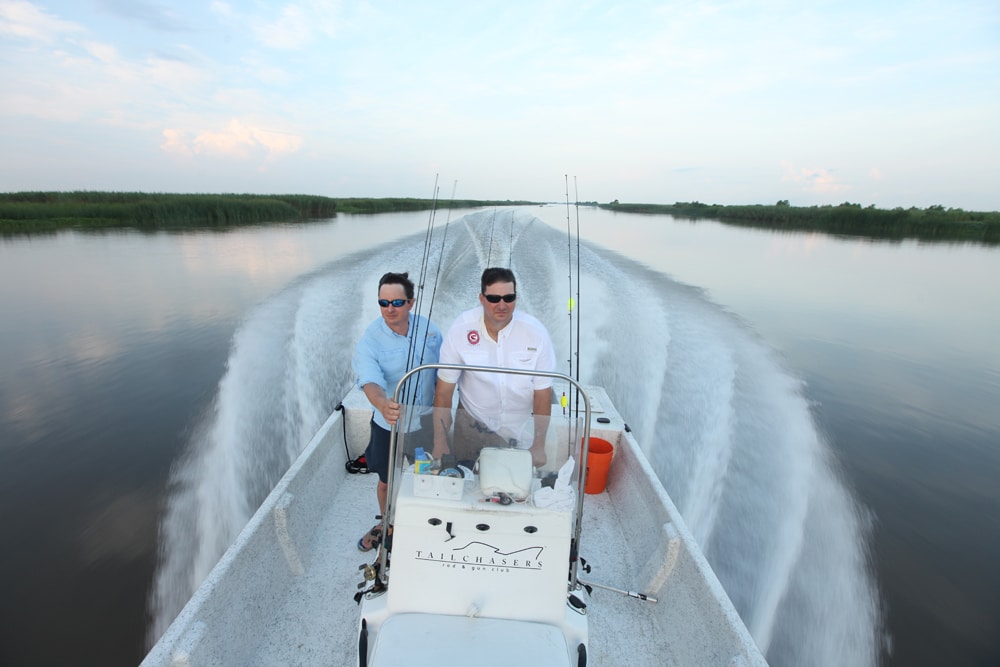
The Story From South Louisiana
Text by Robert Stephens Hot and sticky as it is in the bayou of southern Louisiana, you can understand why tempers boiled over in the aftermath of the Deepwater Horizon explosion last spring. For more than three months we heard the stewing. Thing is, most of the blaming for the oil spill in the Gulf came from outsiders, many of them with microphones and makeup. Folks from the deepest reaches of the Gulf Coast — the would-be volunteers and outdoorsmen — were rarely heard. We have to admit that our initial motive for this photo essay was to find stories of unsung heroes. You know, boaters like us, but maybe wearing rubber boots and petrol-slickened gloves. After more than a dozen phone calls to marine industry contacts along Louisiana’s coast, we got what we were looking for from David Cresson, executive director of the state’s chapter of the Coastal Conservation Association (CCA): an invitation. And so we drove to the heart of it all, ready to have our eyes peeled to the inside story. Cy Cyr
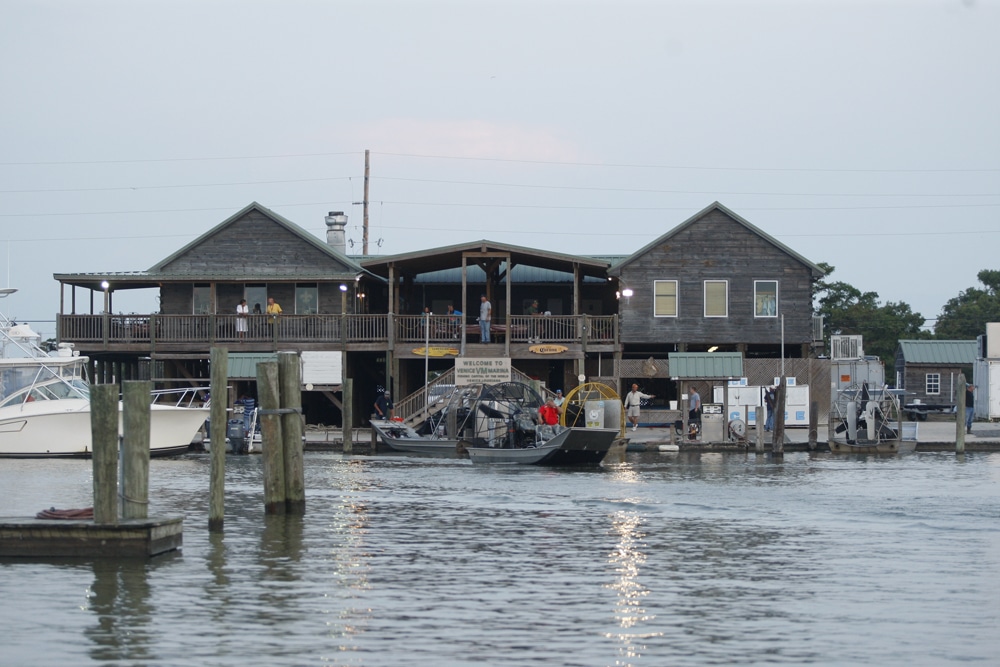
Venice Marina
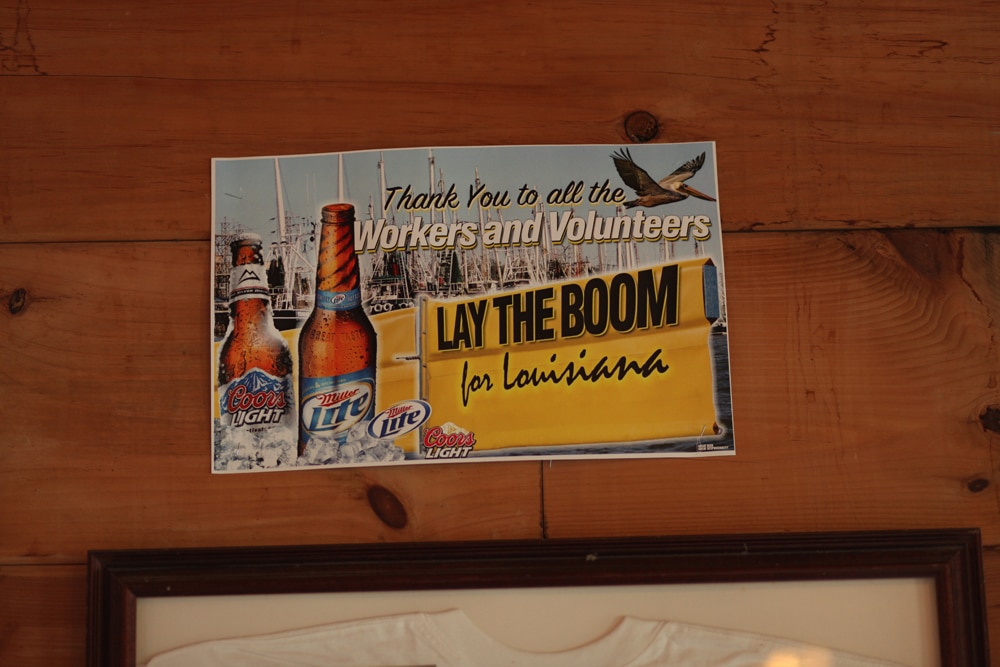
Writing on the Walls
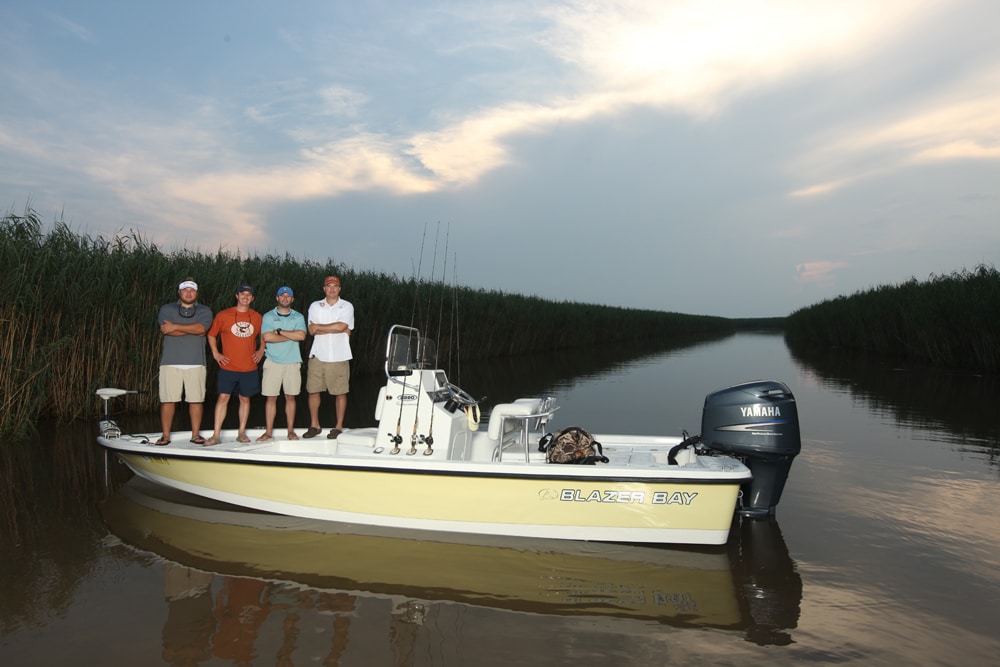
The In-Between Phase
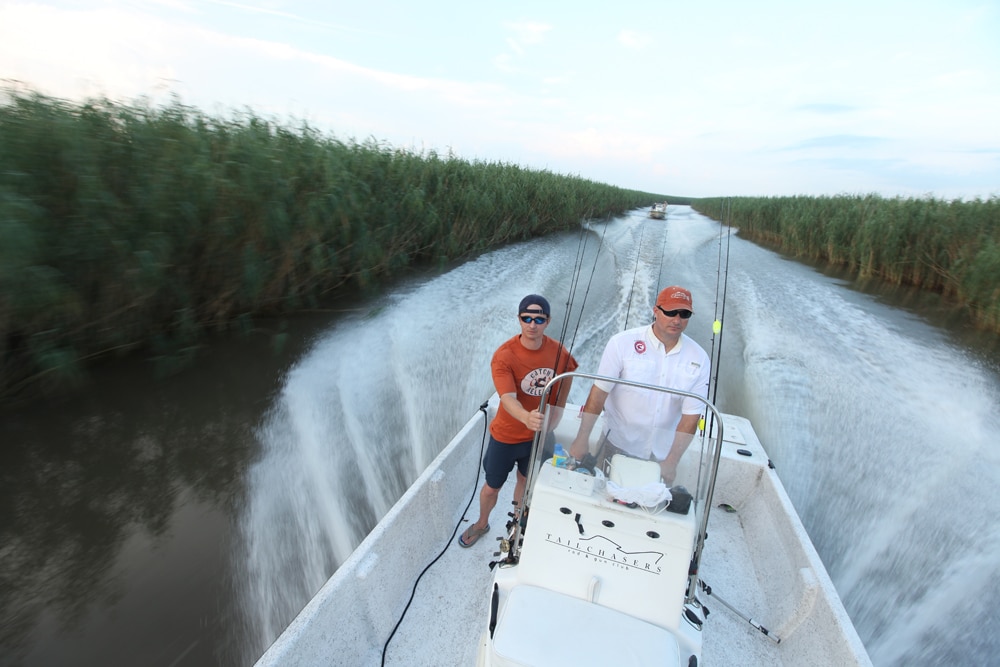
Moving with Purpose
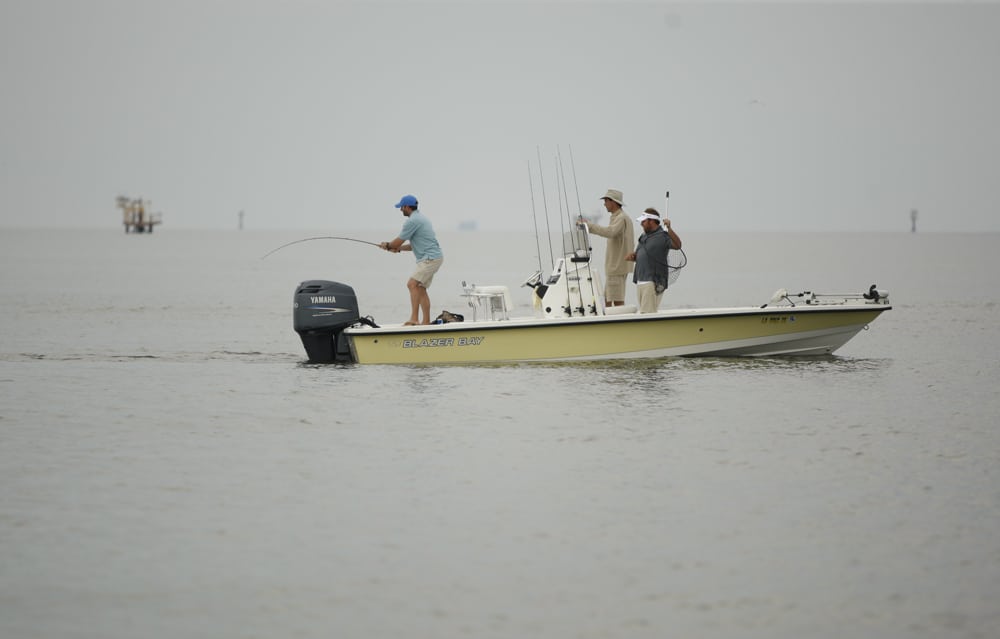
Fish-Oil
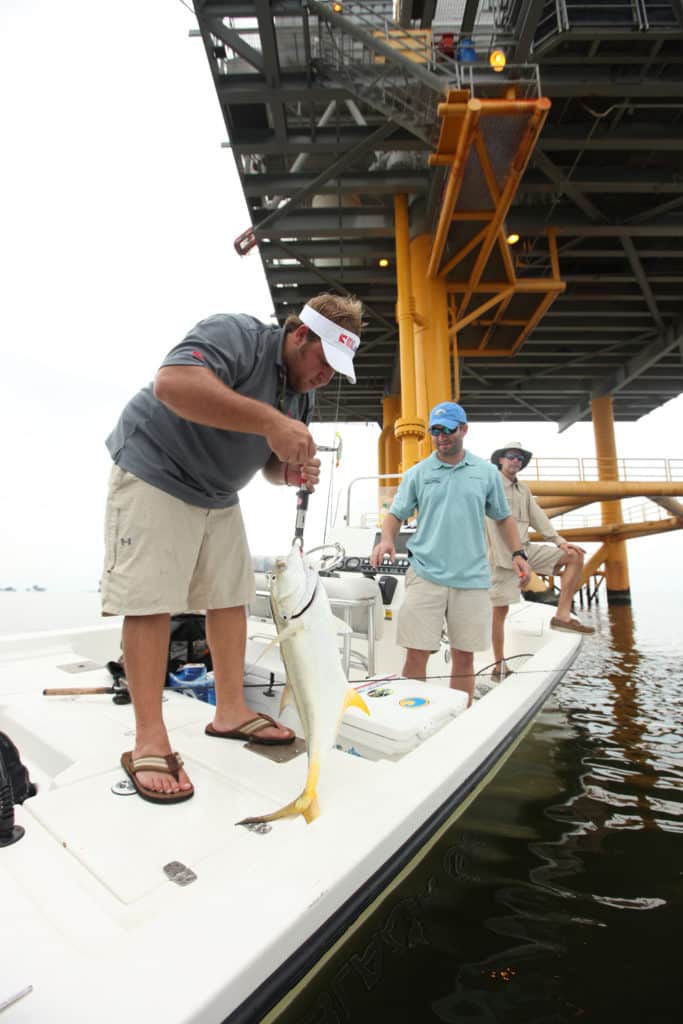
Shadowy Figures
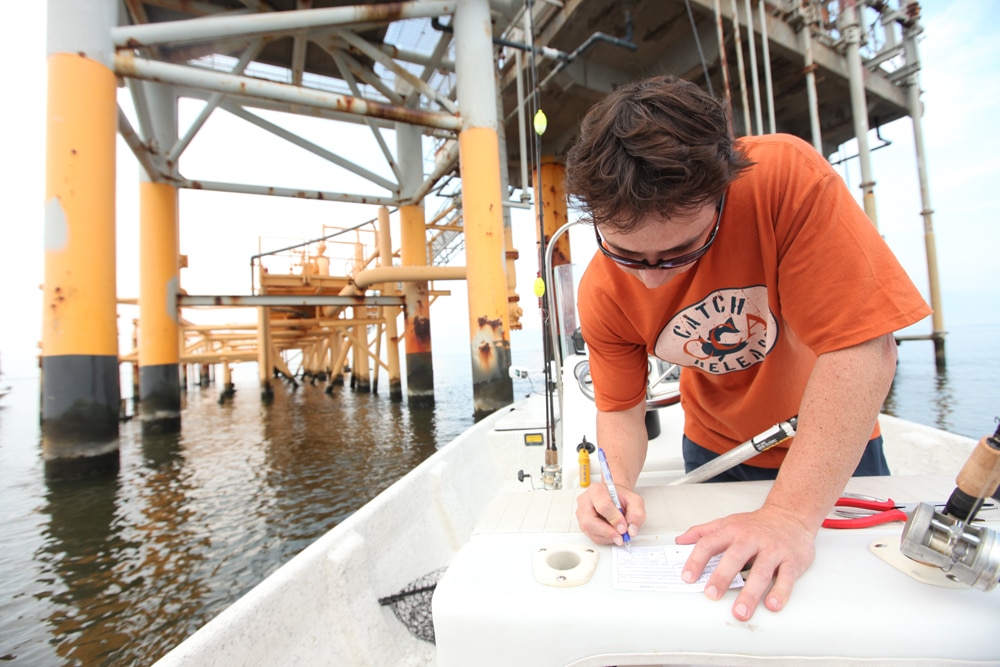
Marked Territory
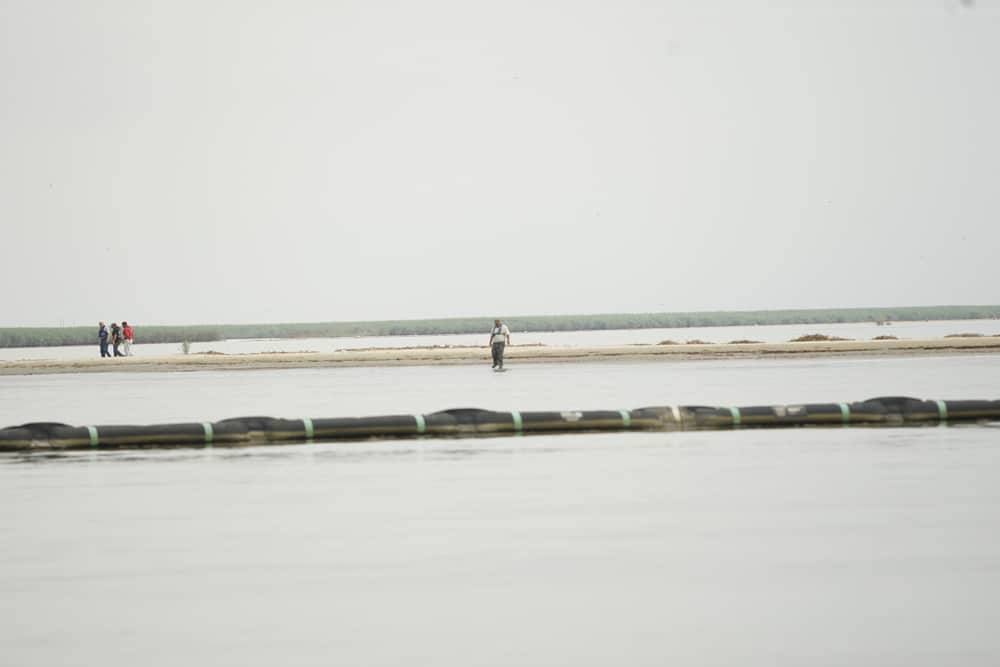
Sideline Activity
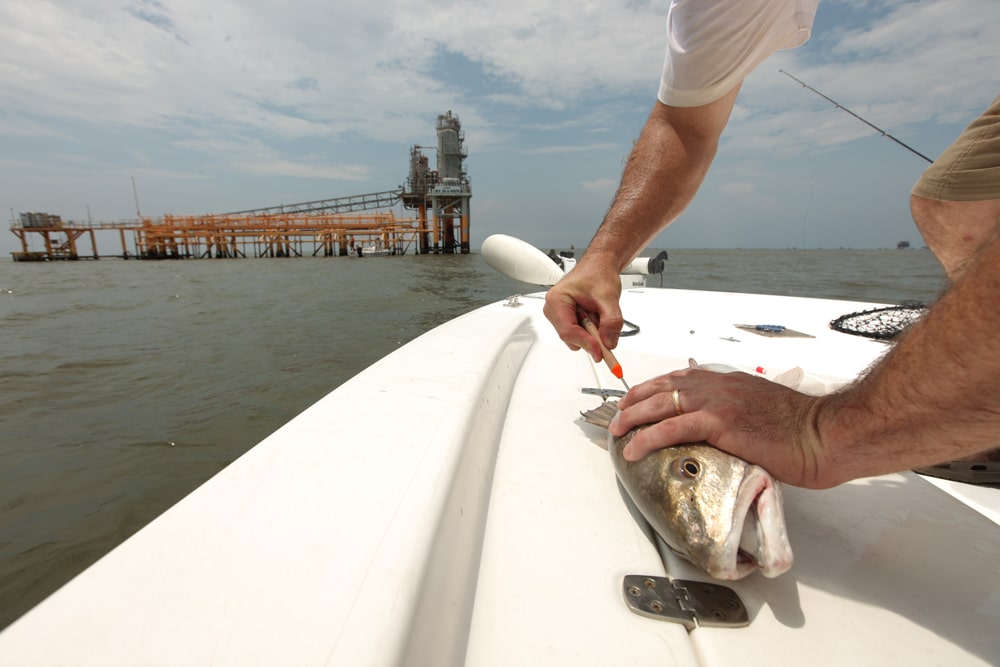
Message in a Redfish
